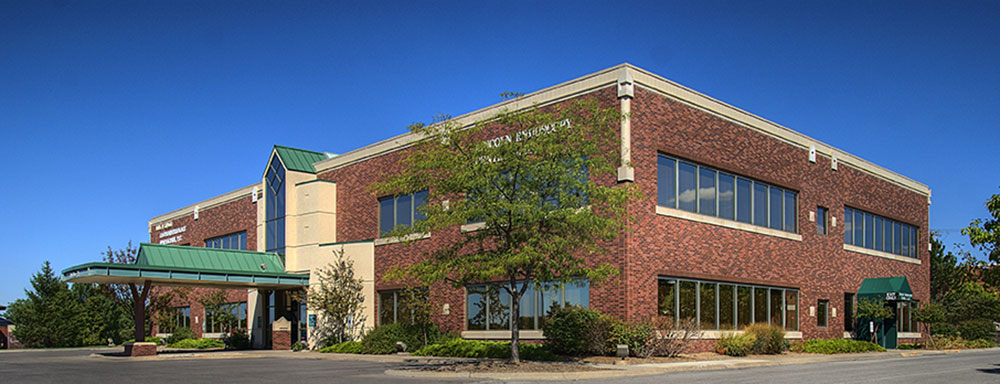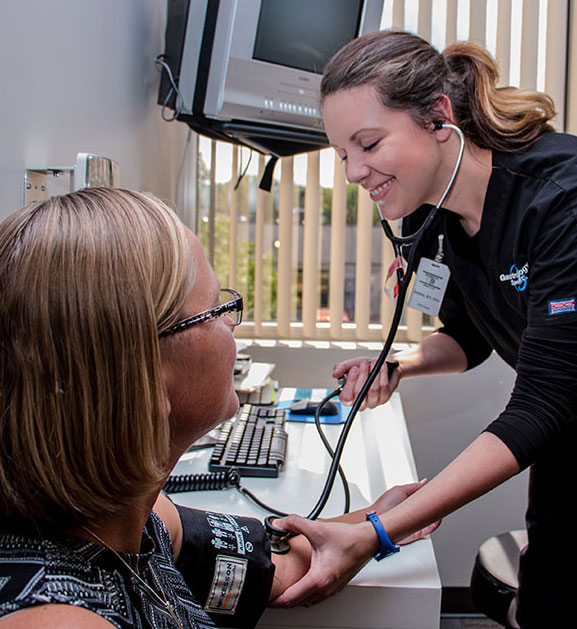The goal for our patients is to achieve a safe, comfortable, and technically successful procedure. The level of sedation is individualized to promote quality care and patient safety.
Sedation is a drug-induced depression in the level of consciousness that exists on a continuum ranging from minimal sedation through moderate sedation. Sedatives and analgesics (pain medications) are usually given during endoscopic procedures to relieve anxiety, decrease pain and discomfort, and diminish the memory of the event. These levels are defined as:
Minimal Sedation: this is a “drug-induced state during which patients respond normally to verbal commands. Although cognitive function and physical coordination may be impaired, airway reflexes, and ventilator and cardiovascular functions are unaffected”
Moderate Sedation: this refers to “a drug-induced depression of consciousness during which patients respond purposefully to verbal commands, either alone or accompanied by light tactile stimulation. No interventions are required to maintain a patent airway and spontaneous ventilation is adequate. Cardiovascular function is usually maintained.”
Monitored Anesthesia Care: Monitored anesthesia care (MAC) is a type of anesthesia service in which an anesthesia clinician continually monitors and supports the patient’s vital functions; diagnoses and treats clinical problems that occur; administers sedative, anxiolytic, or analgesic medications if needed
The sedation provided may cause a short term amnesic effect which may result in no recollection of conversations with health care providers after the examination.
Most of the time, patients wake up very quickly after their procedure. However, they are not conscious enough to drive themselves home. Judgment can be affected by medications and it is important not to drive, operate dangerous equipment or sign any legal papers for 24 hours after receiving any medication for sedation. You MUST bring a responsible adult to drive you home.


